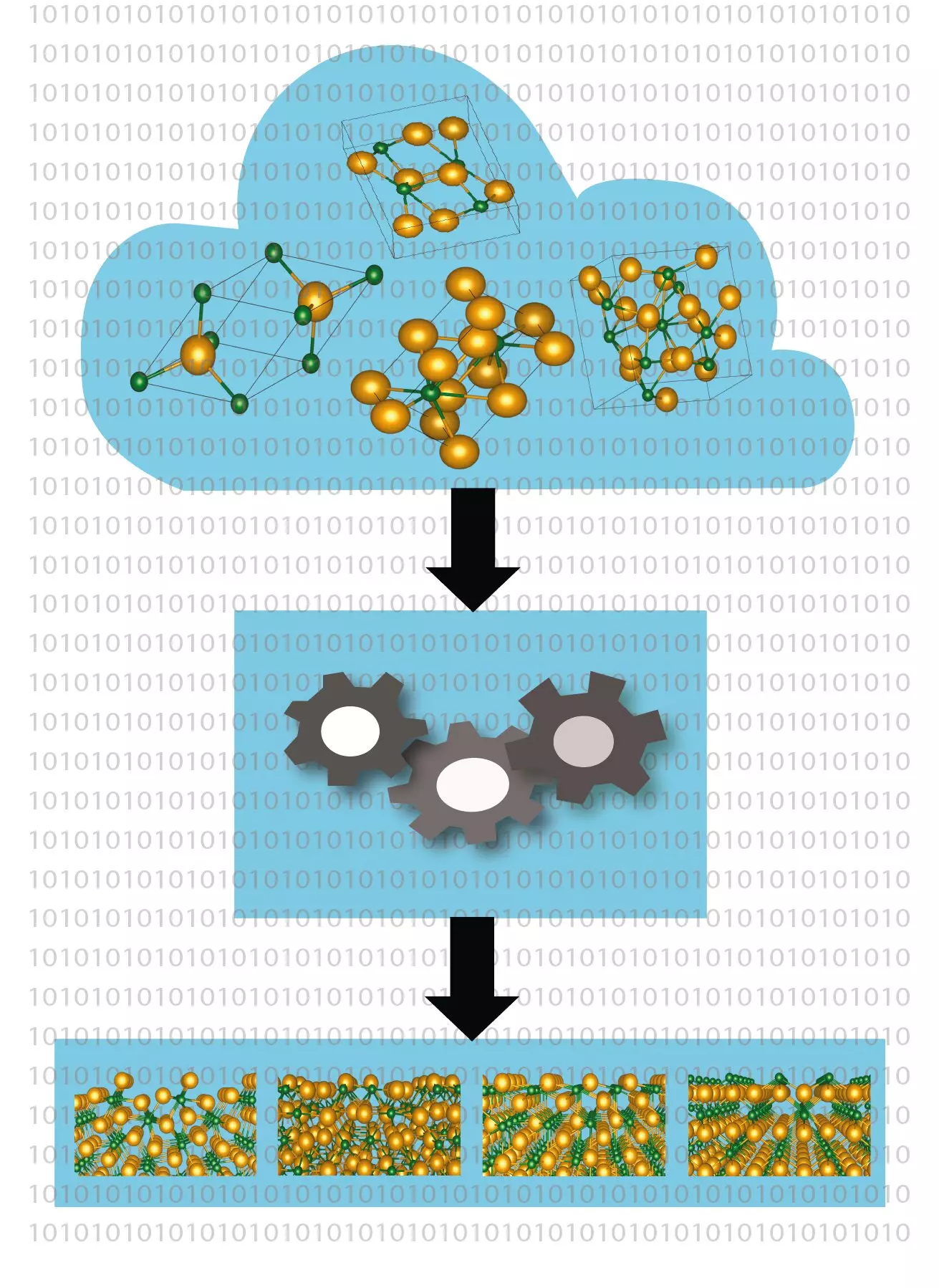The field of materials science is rapidly evolving, with computer-based methods playing a crucial role in the discovery of new materials for key technologies such as photovoltaics, batteries, and data transmission. Recent advancements by Prof. Dr. Caterina Cocchi and Holger-Dietrich Saßnick from the University of Oldenburg in Germany have paved the way for a high-throughput automated method to calculate the surface properties of crystalline materials, starting directly at the level of established laws of physics.
In the realm of materials science, surface properties play a vital role in various processes such as energy conversion, production, and storage. Prof. Cocchi emphasizes that all relevant processes in these key areas occur on surfaces, making it essential to focus on understanding and characterizing the surface properties of materials. However, calculating the material properties of surfaces presents a greater challenge compared to bulk materials due to the complex structures of surface facets.
Motivated by the limitations of experimental techniques in determining the properties of samples, Prof. Cocchi and Saßnick embarked on developing an automated procedure for screening the characteristics of new compounds. This led to the creation of the aim2dat computer program, which utilizes the chemical composition of a compound as input and extracts information about the crystal’s structure from existing databases.
One of the key aspects of the developed method is the use of fundamental equations of quantum mechanics to ensure the reliability of the results. By avoiding assumptions in their calculations, the researchers are able to provide accurate insights into the properties of materials, particularly pertaining to energy conversion processes like solar energy into electricity.
To showcase the applicability of their method, Prof. Cocchi and Saßnick conducted a detailed analysis of the semiconductor cesium telluride, which is commonly used in particle accelerators. Despite the challenges in controlling the composition and quality of material samples in experiments, the researchers were able to analyze the physical properties of different configurations of cesium telluride crystals.
The researchers have made their software publicly accessible in a program library, allowing other researchers to utilize and enhance the procedure for discovering new materials. Prof. Cocchi highlights the vast potential of their method as a tool for uncovering physically and structurally complex solids for various applications in the energy sector.
The development of high-throughput automated methods for calculating surface properties of materials represents a significant advancement in the field of materials science. By combining physics-based principles with computer algorithms, researchers can accelerate the discovery of new materials with diverse applications in technologies essential for the modern world. Prof. Cocchi and Saßnick’s innovative approach serves as a beacon of progress in the pursuit of materials that can revolutionize key industries.


Leave a Reply